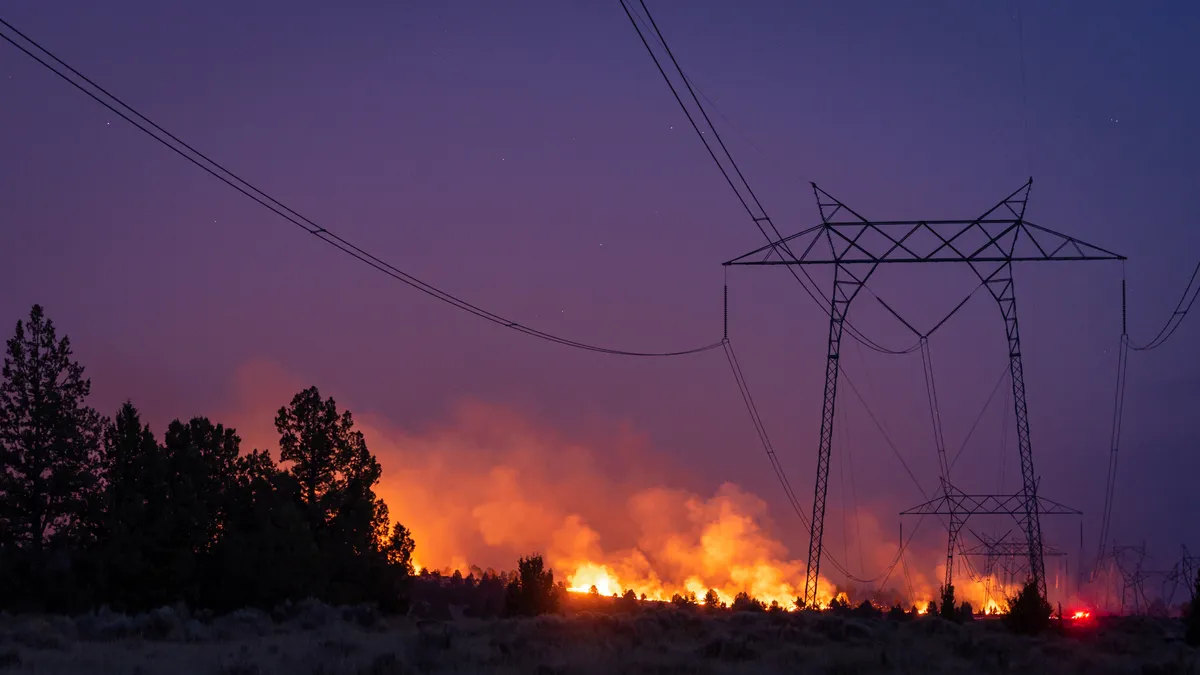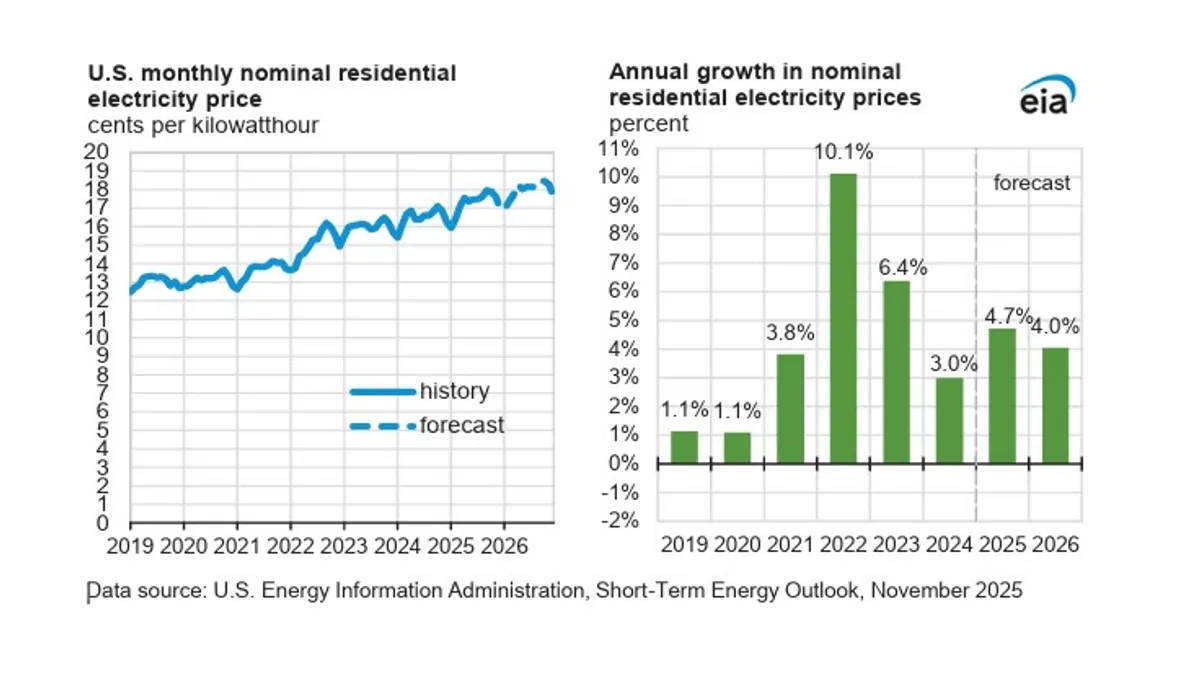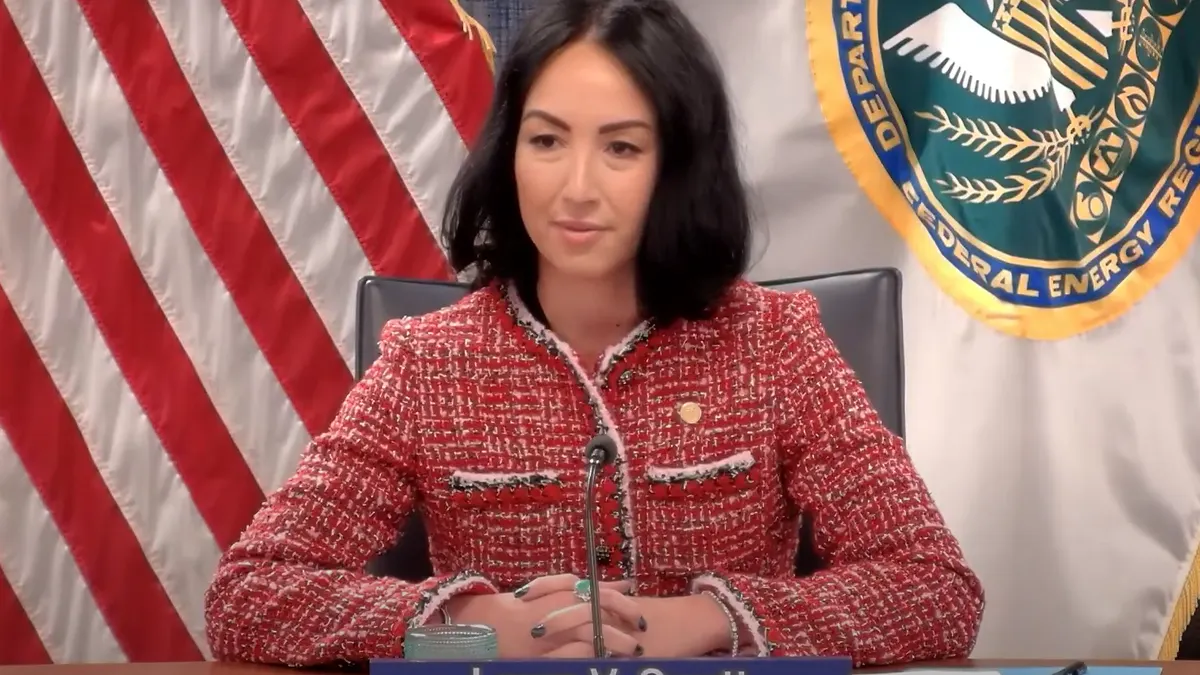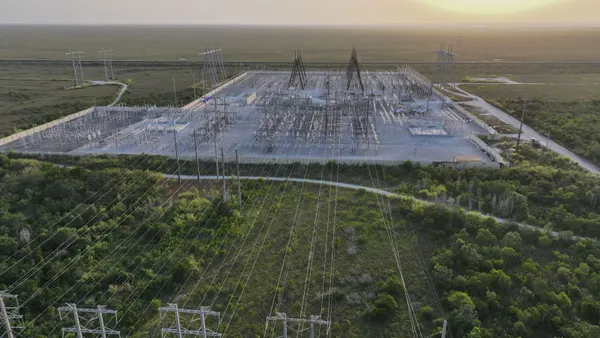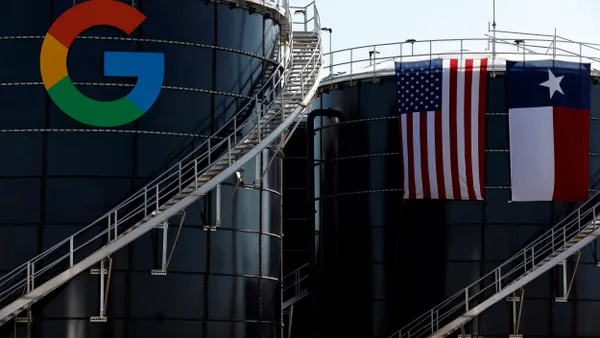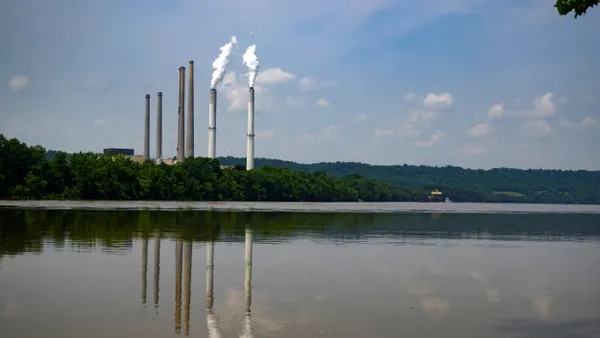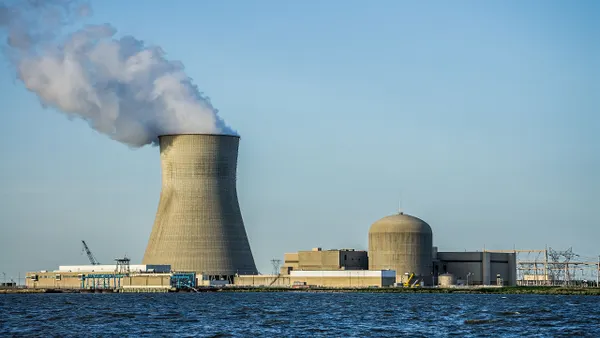Dive Brief:
- Pacific Gas & Electric’s wildfire mitigation measures have allowed the utility to de-risk its system and be prepared for the upcoming wildfire season regardless of weather conditions, parent company PG&E Corp CEO Patti Poppe told analysts on the company’s earnings call Thursday.
- The utility’s wildfire mitigation technologies provide it with real-time information on fuel moisture levels, wind conditions, temperature and other data in two-kilometer blocks over its entire service territory, Poppe said. “It gives me a lot of confidence heading into wildfire season that we are prepared,” she added.
- In March, PG&E filed its wildfire mitigation plan with California’s Office of Energy Infrastructure Safety, outlining plans to invest $18 billion on these efforts through 2025. Some of the measures it is deploying include pruning vegetation that is close to its infrastructure and installing covered conductors and stronger poles in its service territory.
Dive Insight:
PG&E Corp reported $569 million in first-quarter income Thursday, or 27 cents a diluted share, as compared to $475 million, or 22 cents a share, in the first quarter of 2022.
The utility has focused on reducing the risk of wildfires in its service area over the past few years. PG&E filed for Chapter 11 bankruptcy in early 2019 after its infrastructure caused wildfires that led to more than 100 fatalities. It exited bankruptcy in mid-2020, based on a $25.5 billion payout to resolve its liabilities.
Looking at the wildfire season in 2023, Poppe said the storms that occurred in Northern California this past winter felled aged and dying trees in PG&E’s service area at a time when fire was not a risk.
“But we also know that the fuels – the grasses – have a rich crop this year,” she said.
PG&E estimates that the “layers of protection” it has implemented have mitigated over 90% of wildfire risk in its service area, through a combination of inspection, “hardening” the system, enhanced power line safety settings, improved situational awareness and proactive power shutoffs when fire risk is high, according to Poppe.
In addition, the utility has been revisiting how it approaches undergrounding programs, which focus on burying power lines to reduce the risk of causing wildfires. PG&E is aiming to ultimately bury 10,000 miles of power lines, which amounts to around one-third of its overhead power lines in areas that are prone to fires.
Historically, PG&E’s standard has been to bury electric lines at least 36 inches underground, Poppe said. However, the utility has recently revised that standard to 30 inches after it determined “there’s little evidence that incrementally deeper conduits are meaningfully safer or more reliable than slightly shallower conduits,” she said. That change is estimated to save the utility at least $25 million in 2023 alone.
It’s the beginning of PG&E’s waste elimination efforts as it benchmarks with peers and reviews where it’s appropriate to put conduits 24 inches deep, “another six inches of potential savings,” Poppe said.
Some California stakeholders, however, remain skeptical of the utility’s wildfire prevention efforts, and the broader concern around energy affordability.
“PG&E has proven again and again that they will do anything, and say anything, to maximize profits — regardless of the cost to Californians’ lives, lungs and livelihoods,” Pete Woiwode, with the environmental and energy justice group Reclaim Our Power, said in an email.
[W]hat we’re hearing on this earnings call is, affordability is where we’re going – just not right now, and not right away,” Jennifer Dowdell, senior policy expert with The Utility Reform Network said.
For instance, PG&E last year filed an application with the California Public Utilities Commission to recover $1.3 billion that it incurred in 2021 for wildfire mitigation activities and expenses tied to catastrophic events. A proposed decision from the commission would allow the utility to recover up to $1.1 billion on an interim basis, although the utility would have to refund any excess amount, with interest, if the commission’s final decision is lower.
“It’s only the most recent example of a pattern of huge non-general rate case recovery,” Dowdell said.



